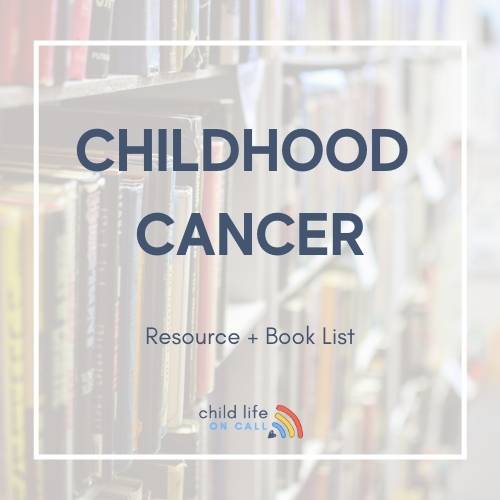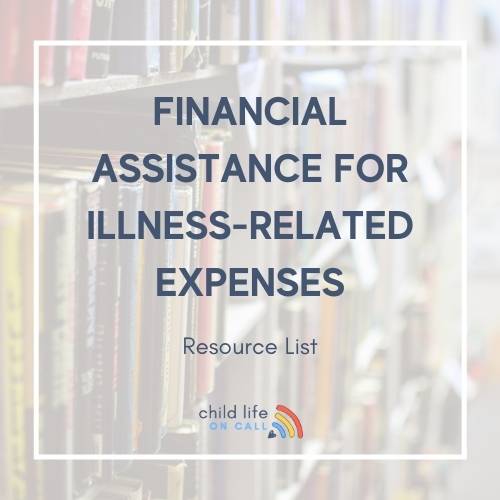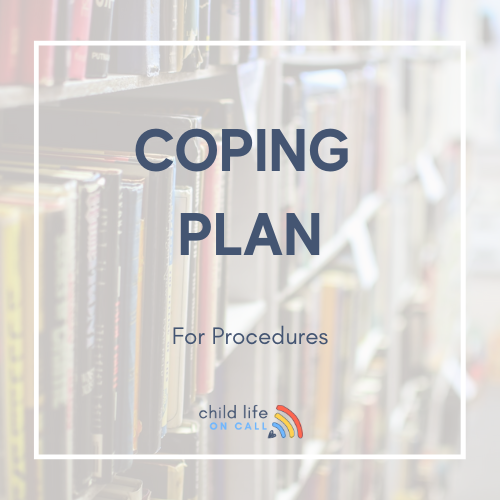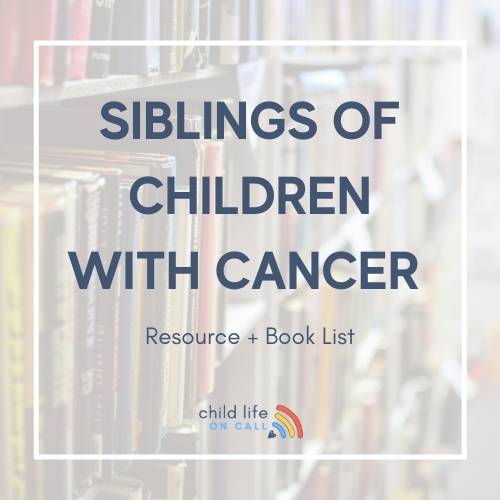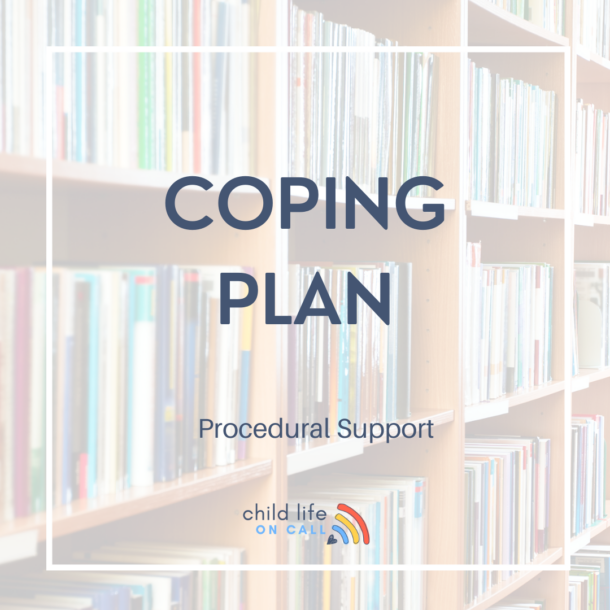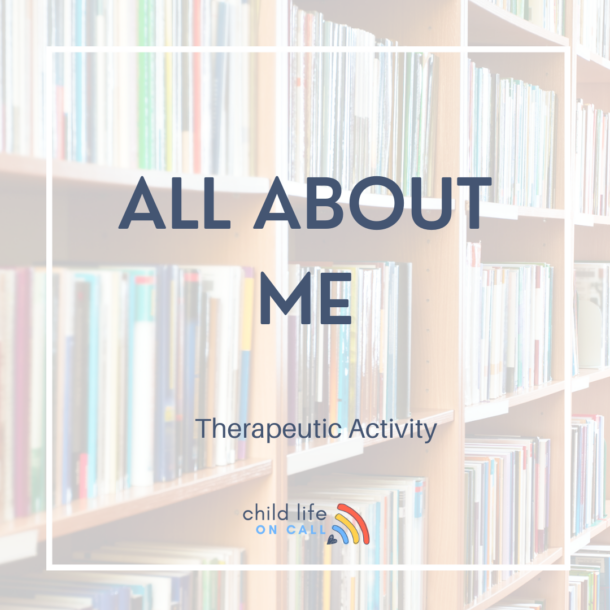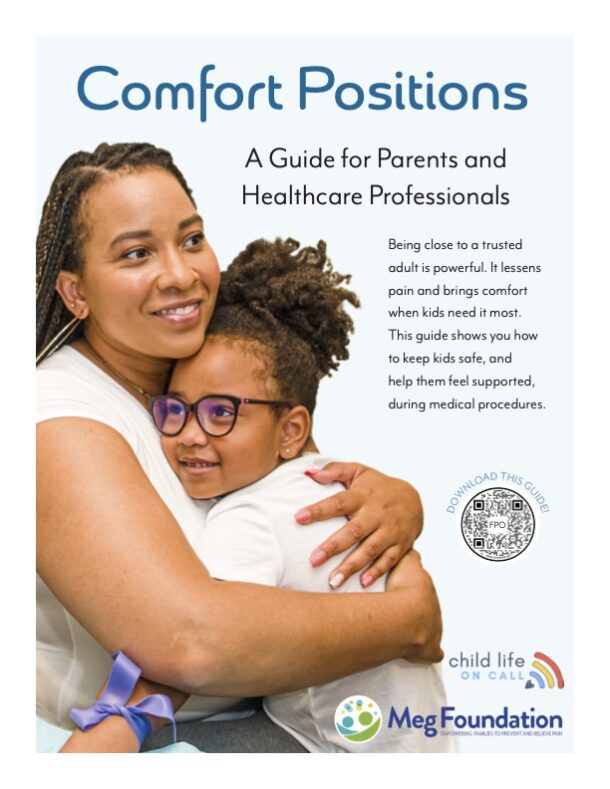The goal of my blog is to answer questions that I hear frequently. I want students to have a place to come to for real, honest answers as well as tips and information that will be helpful in pursuing certification.
What is a practicum?
Do I need a practicum?
These are questions that student mentors get frequently. A question that was already confusing has become even more so with the updated ACLP information and pre-internship modules.
I’m lucky enough to be partnering with AJ, another student mentor. And we are going to try and break this down as simply as we can.
What is a practicum?
Generally, a practicum is a hospital-based observational experience. These are usually anywhere from 100-200 hours of unpaid work directly shadowing a child life specialist and providing play to children in the hospital setting. Yes, you have to apply and they are typically a competitive position.
Do I need a practicum?
Of course, there are a few ways to answer this question. Is a practicum required for certification in child life? No, it is not. But, I believe that the competitive nature of this profession has essentially made this experience an unspoken requirement to get an internship position. Are there people who have been certified without a practicum? Definitely. Is a practicum helpful in learning about the day to day work of a CCLS? Of course.
If you are interested in pursuing child life certification and have never stepped into a hospital, I highly recommend looking into this type of experience. This experience will show you if you are comfortable in this setting. Can you handle seeing a child in the ICU? Watching a child vomit in the ER waiting room? Do the sights, sounds and smells bother you? How about seeing a family in distress due to a child dying? Lots of different learning environments occur during a practicum that can show if child life is right for you.
Why would a practicum be helpful? (Enter AJ…)
Connection to course content
When you first start your child life journey, it often begins with formal education. These courses teach you about human development, assessments, family centered care, grief and loss, and play. During a practicum, students gain the opportunity to see these concepts play out in real world situations. This experience often provides real context to the theories you learn about in class. Sometimes seeing these opportunities allow you to better retain the information learned in class.
You get to observe, without any other responsibility
Although it might be hard to understand the concept of just observing, it’s important to have this time to soak up everything being done by the child life specialist and the other members of the medical team, during various procedures. This is truly a cherished time because it is one of the few opportunities in which you will only observe and not have further responsibilities. Often, you can learn about procedures from reading or watching on YouTube but seeing them in real time while gaining insight into how the child and family cope is invaluable.
Learning from various hospital systems can be helpful.
Every hospital system is unique in how it is structured, its individual policies and procedures, and the size of the child life team. Being able to observe in as many hospitals and units as possible helps you to develop the sense of your personal taste. Do you prefer to work with a large child life team or a smaller? Do you want to work for a larger hospital system or a smaller? Do you prefer inpatient or outpatient patient care? Each of these questions begin to be answered when you observe and become clearer during internship.
Learn about the various styles of child life specialists
Each child life specialist has a unique style when it comes to how they support children and their families. As you observe, you begin to develop your own unique techniques by taking pieces of different people’s approaches to coping strategies, education through developmentally appropriate explanations, and how a child life specialist can work within a team of providers.
What are the new pre-internship modules?
As you’ve probably seen, the ACLP does not endorse or support the requirement of a practicum experience for certification. It has been highlighted as a barrier to entering the field.
The pre-internship modules are a free resource (we love free things, am I right?), that aspiring child life specialists can use to help guide them in learning what skills, knowledge, and abilities are required to be prepared for an internship. How you go about using these modules is up to you!
How would I use these if I was a student?
Many academic institutions have additional hands-on learning requirements built into their curriculum. These modules could be helpful in guiding that experience for the learner. You could provide these modules to your supervisor or professor and identify how you could build in some of these topics or activities into the learning experience in order to prepare you for a child life internship experience.
So what’s the overview?
- Practicums are not a requirement for certification
- A hospital based practicum can be a really great learning experience for those pursuing certification and have not had in-hospital experience before
- The pre-internship modules can be used and adapted in a variety of ways for aspiring child life specialists
Thanks to AJ (@yourchildlifeguide) for partnering with me to help provide answers to some of our most frequent questions!

